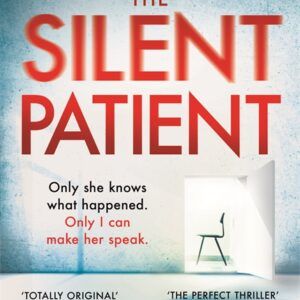Since the publication of Colin A. Ross’s influential work MultiplePersonality Disorder in 1989, this challenging field has evolvedrapidly–with new thinking, new research, and a new name:dissociative identity disorder (DID). Keeping pace with thesedevelopments, this retitled Second Edition has been skillfullyrevised and expanded to offer a comprehensive, detailed, and fullyup-to-date grounding in the history, diagnosis, and treatment ofDID.<br> <br> Readers will find three new chapters covering epidemiology, a soundcritique of skeptics of DID, and the problem of attachment to theperpetrator and the locus of control shift. There is also a freshlook at the pathways leading to DID, a discussion of the falsememory controversy, and more, with material throughout based on thelatest research and the author’s extensive clinical and forensicexperience.<br> <br> By providing an in-depth examination of this complex illness,Dissociative Identity Disorder not only facilitates a deeperunderstanding of people who have used dissociation to cope withyears of childhood physical, sexual, and emotional abuse, but alsoreveals new insights into many other psychiatric disorders in whichdissociation plays a role. Like Multiple Personality Disorder, thisupdated volume is an authoritative and indispensable reference forpsychiatrists, clinical psychologists, psychiatric nurses, socialworkers and other mental health professionals, as well asresearchers in these fields.<br> <br> “Ross provides a comprehensive and interesting account of thehistory of MPD, dispelling many myths. He presents new insight intothe treatment of MPD, with information about such concerns as howto talk to a patient, how to schedule your time, and how to keepyour private and [professional] lives separate. . . . MultiplePersonality Disorder will be an invaluable addition to thereference libraries of sexual abuse clinics, child abuse agencies,and correctional facilities, as well as clinicians.” –FamilyViolence Bulletin
Dissociative Identity Disorder
₹11,603.00
Diagnosis, Clinical Features, and Treatment of Multiple Personality
This book is currently not in stock. You are pre-ordering this book.




